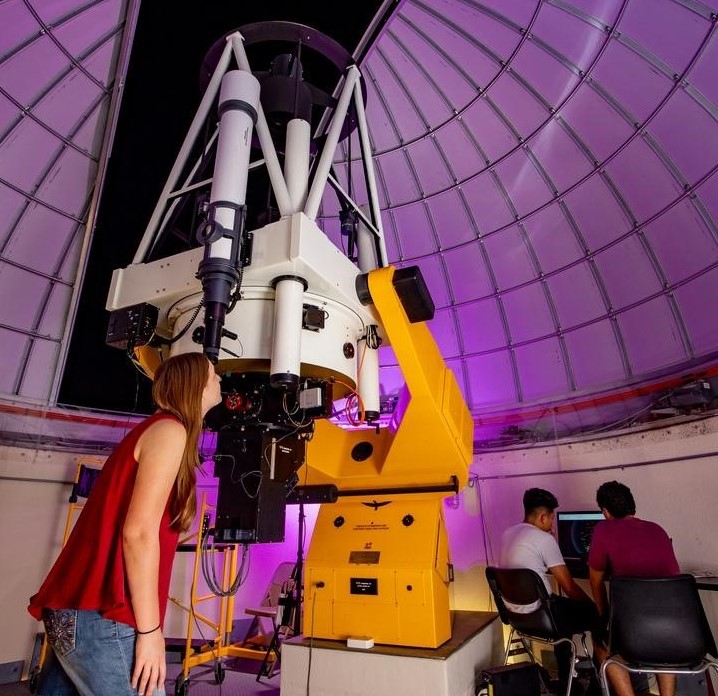Document Type
Article
Publication Title
The Astrophysical Journal
Abstract
We have performed two-dimensional multicomponent decomposition of 144 local barred spiral galaxies using 3.6 μm images from the Spitzer Survey of Stellar Structure in Galaxies. Our model fit includes up to four components (bulge, disk, bar, and a point source) and, most importantly, takes into account disk breaks. We find that ignoring the disk break and using a single disk scale length in the model fit for Type II (down-bending) disk galaxies can lead to differences of 40% in the disk scale length, 10% in bulge-to-total luminosity ratio (B/T), and 25% in bar-to-total luminosity ratios. We find that for galaxies with B/T ≥ 0.1, the break radius to bar radius, r bar, varies between 1 and 3, but as a function of B/T the ratio remains roughly constant. This suggests that in bulge-dominated galaxies the disk break is likely related to the outer Lindblad resonance of the bar and thus moves outward as the bar grows. For galaxies with small bulges, B/T < 0.1, r bar spans a wide range from 1 to 6. This suggests that the mechanism that produces the break in these galaxies may be different from that in galaxies with more massive bulges. Consistent with previous studies, we conclude that disk breaks in galaxies with small bulges may originate from bar resonances that may be also coupled with the spiral arms, or be related to star formation thresholds.
DOI
10.1088/0004-637X/782/2/64
Publication Date
2-20-2014
Recommended Citation
Kim, Taehyun and Mizusawa, Trisha, "Unveiling The Structure Of Barred Galaxies At 3.6 μm With The Spitzer Survey Of Stellar Structure In Galaxies (S4G). I. Disk Breaks" (2014). Aerospace, Physics, and Space Science Faculty Publications. 289.
https://repository.fit.edu/apss_faculty/289


